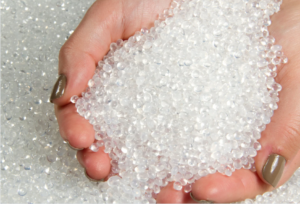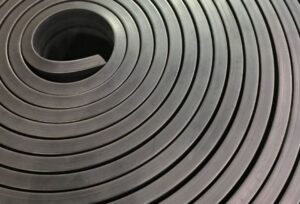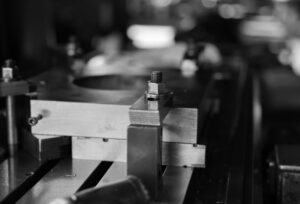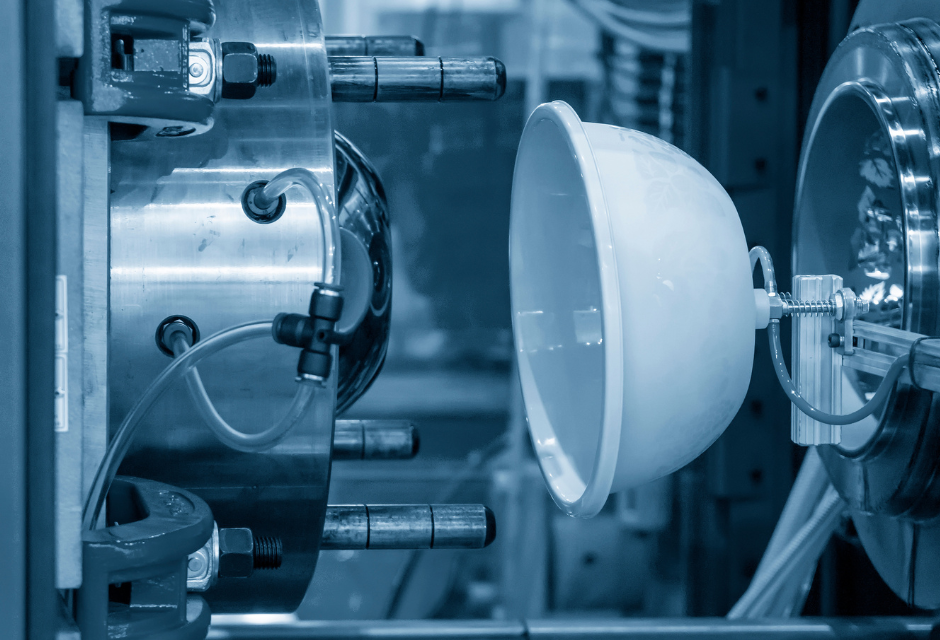
Injection molding is a molding method often used in resin processing.
However, there are many different molding methods and resins used in plastic injection molding.
Be sure to take into account the advantages and disadvantages in order to select the molding method and resin that best suits the product and scene to be molded.
This article provides an overview of resin injection molding, its advantages and disadvantages, and the types of resins used in injection molding.
For more information about Taiga, click here.Table of Contents
What is Resin Injection Molding?
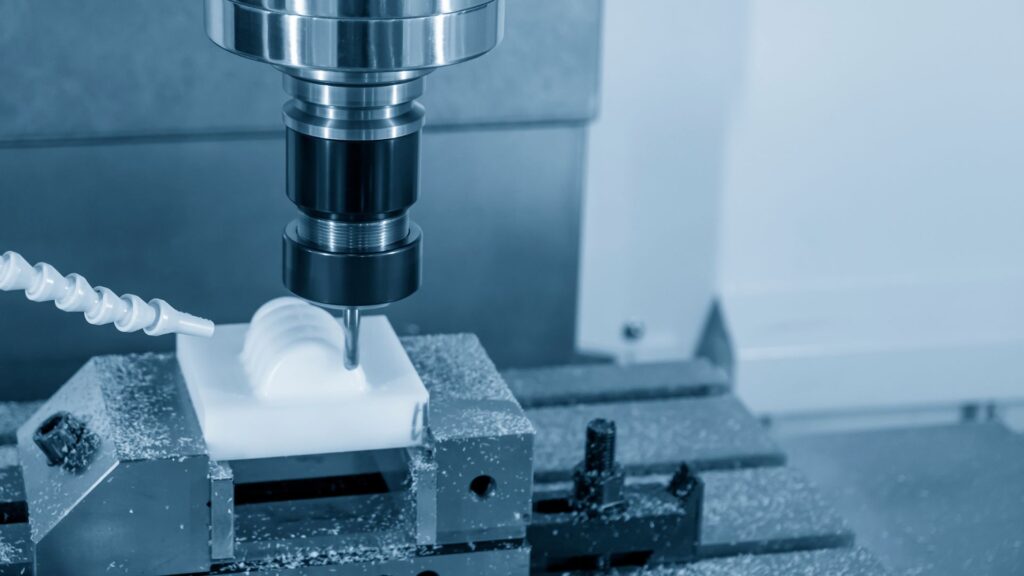
Resin injection molding is a method of making molded products by injecting heated, molten plastic resin into a mold, which is then cooled and hardened. It is also called insert molding or injection molding.
The following types of resin injection molding are available
| Injection Molding Types | feature |
| Multi-material injection molding | Molding method that involves two injections, such as multi-color molding, multiple materials, etc. |
| In-mold molding | Method of inserting the printed film into the cavity and moving on to the injection process |
| Hot-and-cool molding | A method of cooling and releasing the mold immediately after injection and pressure retention in a high-temperature mold for complete transfer of cavity surfaces. |
| Injection compression molding | Molding method for transfer to cavity surfaces of CDs, light guide plates, etc. |
| Foam molding | Molding methods that use nitrogen gas or chemical foaming agents for burn prevention, etc. |
| Sandwich injection molding | Molding method in which the core and skin layers are injected in separate molding machines |
| Gas-assisted injection molding | Molding method that eliminates non-uniformity of pressure to prevent sink marks and deformation |
| In-mold assembly legislation | Secondary molding method after aligning joints to assembly positions with a large slide. |
| Injection molding of hollow products | In-mold assembly molding method for injection molding joints |
Resin injection molding is used in the following manufacturing scenarios for parts and products
- Automotive (exterior components, engine compartment, driver's seat)
- Large and small household appliances
- business machine
- Information and Communication Equipment
- Optical instruments and lenses
- Housing & Construction
- Containers & Packaging
- Sports & Leisure
- Stationery & Toys
- medical care
- aircraft
- Boats & Vessels
Advantages of Injection Molding
Resin injection molding offers the following advantages
- A certain amount of complex shapes and fine products can be manufactured by fabricating molds
- Wide range of plastic resin materials can be used according to application and shape
- Generally, defect rates are lower than other construction methods.
- Capable of handling from lot production to mass production
- Cost-effective for mass production
- Can handle small to large products as long as the injection molding machine is compatible.
- Less or no post-processing of molded products such as drilling and deburring
- Easily automated, leading to reduced labor costs and increased productivity
This molding method is used in many situations because it can create complex shapes using a variety of resins and is also suitable for mass production.
Disadvantages of Injection Molding
The disadvantages of resin injection molding are as follows
- High cost of mold fabrication
- Design constraints.
- Waste of materials due to molding of non-product parts
- Molding defects such as burrs, sink marks, and weld lines may occur
- Large products require larger injection molding machines and higher tooling costs
Injection molding requires the use of molds, so it is not suitable for low-volume production due to the cost of mold fabrication.
It should also be noted that there are design restrictions due to the need to remove the molded product from the mold.
Types of resins used in injection molding
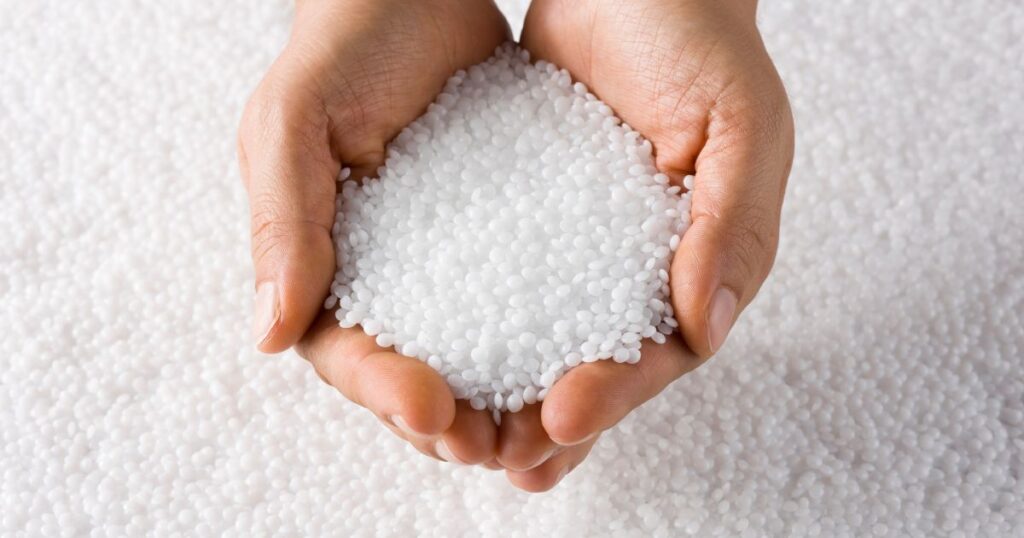
This section describes the main types of resins used in injection molding and their characteristics.
thermosetting resin
Thermosetting resins are resins that cure when heated.
It has a linear, three-dimensional polymer structure, and when heated, it softens and then hardens through a chemical reaction.
Once heated and hardened, it will not dissolve even if reheated.
Therefore, it is used in parts and locations where heat resistance is required.
thermoplastic resin
Thermoplastic resins are resins that soften when heated.
It has linear polymers that soften when heated and solidify when cooled.
It can be used repeatedly because it softens again when heated.
It is mainly used in household products such as buckets, cups, sealed containers, and many other products.
Thermoplastics can be further classified into three types: commodity plastics, engineering plastics, and super engineering plastics.
Let's take a closer look at each of these features below.
General Purpose Plastics
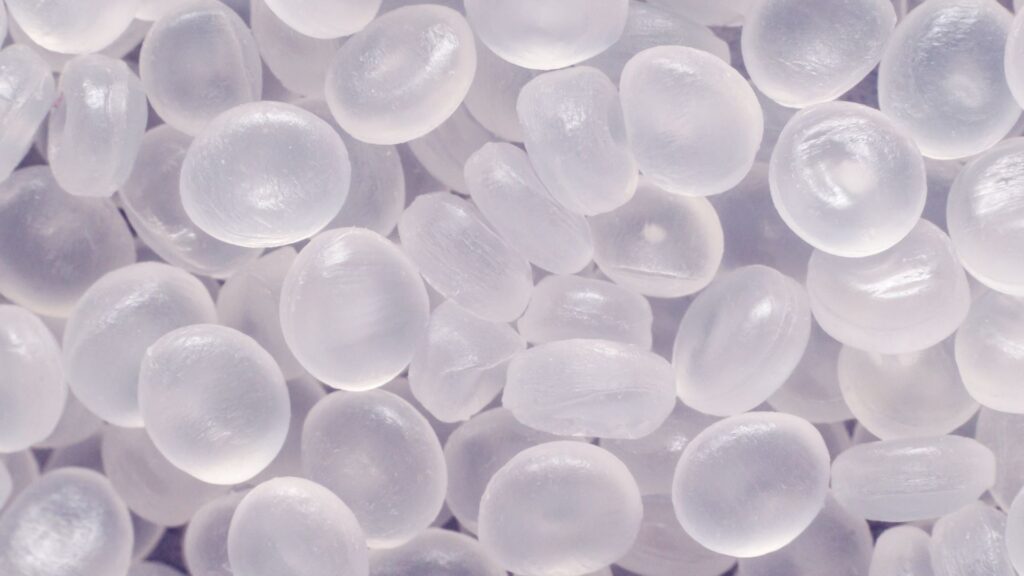
Commodity plastics are thermoplastics with the following characteristics
- Heat deformation temperature less than 100°C
- Tensile strength less than 500kgf/cm².
- Impact resistance less than 5kgf.cm/cm
It is easy to process and inexpensive, making it suitable for mass production.
Commodity plastics account for about 80% of total plastic production and are used as materials for a wide range of products, including daily necessities, industrial products, and household goods.
On the other hand, its performance in terms of heat resistance and mechanical strength is not very high.
Typical commodity plastics include
- Polyethylene (PE)
- Polystyrene (PS)
- Acrylonitrile styrene resin (AS or SAN)
- Acrylonitrile butadiene styrene resin (ABS)
- Polypropylene (PP)
- Polyvinyl chloride resin (PVC)
- Methacrylic resin (PMMA)
- Polyethylene terephthalate (PET)
engineering plastics
Engineering plastics (engineering plastics) are thermoplastics with the following characteristics
- Heat deformation temperature 100°C min.
- Tensile strength 500kgf/cm² min.
- Impact resistance 5kgf.cm/cm or more
It is characterized by superior mechanical strength and heat resistance compared to commodity plastics.
Typical engineering plastics include
- Polyamide (PA)
- Polycarbonate (PC)
- Polyacetal (POM)
- Modified polyphenylene ether (m-PPE)
- Polypropylene terephthalate (PBT)
- GF reinforced polyethylene terephthalate (GE-PET)
- Ultra high molecular weight polyethylene (UHPE)
super engineering plastic
Super engineering plastics are thermoplastics with long-term heat resistance of 150°C or higher.
In particular, it surpasses engineering plastics in heat resistance and mechanical strength at high temperatures.
Typical super engineering plastics include
- Polyphenylene sulfide (PPS)
- Polyarylate (PAR)
- Polysulfone (PSU)
- Polyethersulfone (PES)
- Polyetheretherketone (PEEK)
- Polyetherimide (PEI)
- Polyamide-imide (PAI)
- Liquid crystal polymer (LCP)
- Polyimide (PI)
- Polyarylate (PAR)
- Polysulfone (PSF)
- Polytetrafluoroethylene (PTFE)
Other plastic resins
Other plastics include
- fluoropolymer
- thermoplastic elastomer
- Polymethylpentene (PMP)
- Biodegradable plastics (bioplastics)
- fibre-based plastics
Resin injection molding flow
Resin injection molding is performed as follows
- Resin (pellets) is fed in and melted.
- Melted resin is poured into the mold.
- apply pressure to a person's high position
- Cool the inside of the metal and wait for the resin to harden.
- When the product has hardened sufficiently, remove the mold and take out the product.
The specific flow of injection molding is also explained in " ", so please refer to it as well.
Other than injection molding] Types of plastic molding methods
Molding methods other than injection molding of plastic resins are summarized below.
| Molding Method | feature |
| Extrusion molding method | Molding process for long molded products |
| Blow molding method | Basic molding method for extruding and inflating hollow productsBasic molding method for bottled products |
| Vacuum forming method | Thermal processing and forming of sheet materials |
| Film forming method | Forms sheets and films using heating rolls and cooling rolls |
Since the appropriate molding method differs depending on the characteristics of the resin and the molded product, the best method should be selected after consulting with the processor.
Summary
Types of resin injection molding, advantages, disadvantages, and procedures are explained.
Injection molding is the most common method of resin molding.
If you are considering plastic injection molding, it is important to select a plastic material that is appropriate for the product you want to make and to choose a processor that can perform the molding with high technology.
If you are considering manufacturing parts utilizing plastic injection molding, please contact us.Taiga."Taiga is a free service that allows you to consult with experienced contractors.
We can efficiently proceed with the development of difficult or new parts, small-lot production, prototyping, and mass production while keeping costs low.
For more information about Taiga, click here.
 0120-987-742
0120-987-742